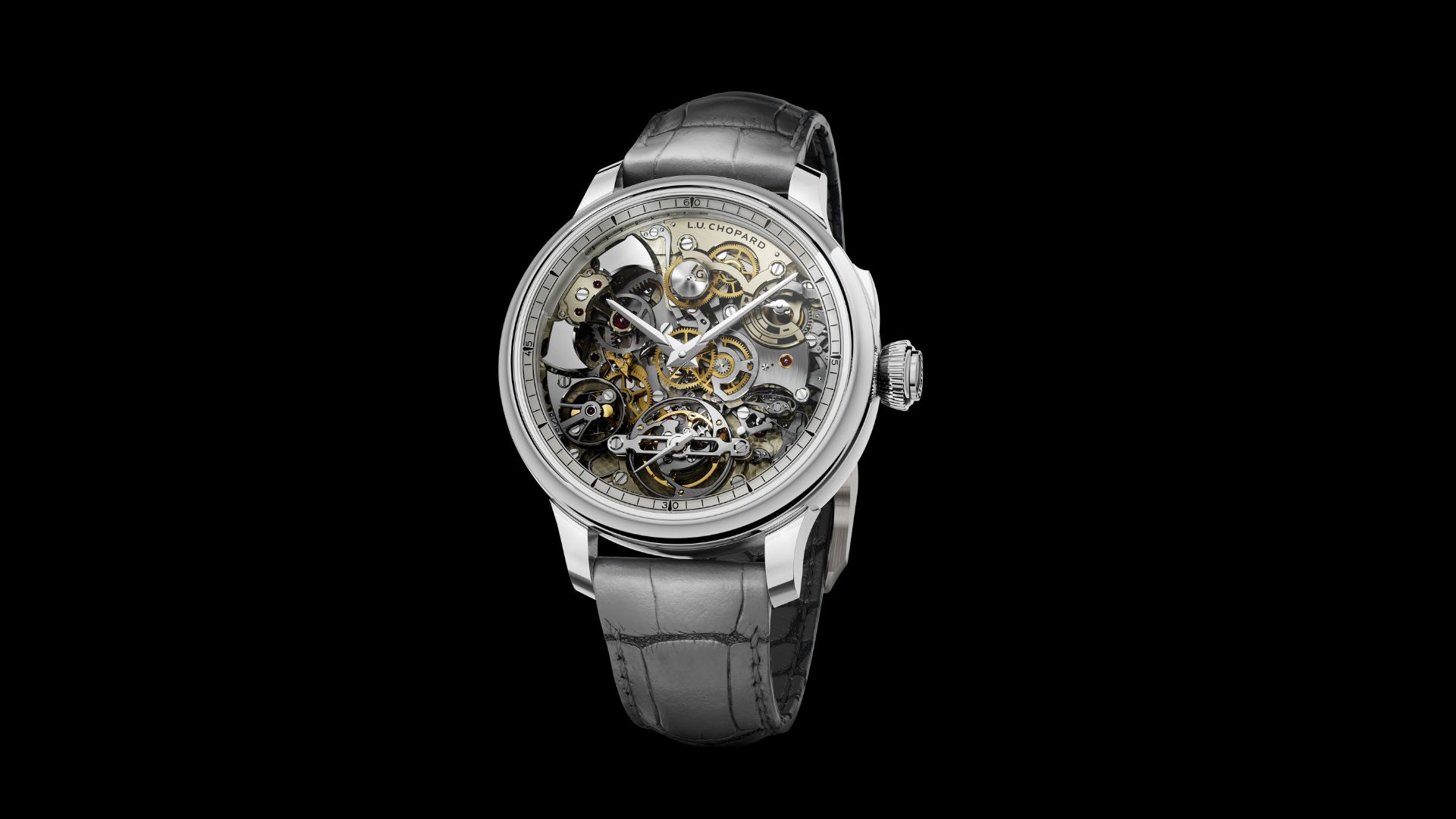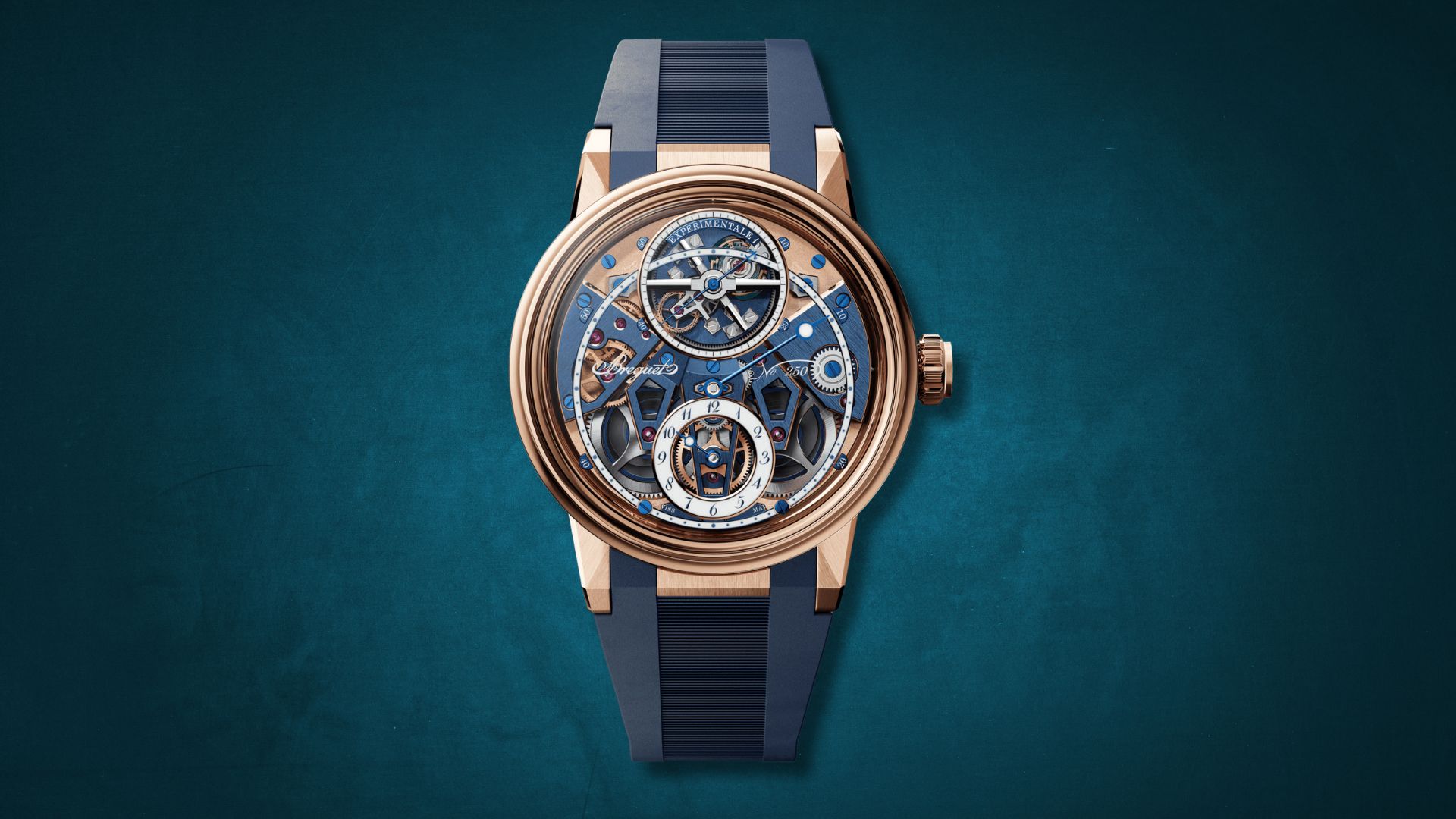The New Senator Chronometer Tourbillon from Glashütte Delivers Precision Time Settings


Over the years, Glashütte’s Senator collection has evolved considerably, witnessing multiple iterations. The latest variant lives up to its reputation. Limited to only 50 pieces, the new Senator Chronometer Tourbillon (Ref. 1-58-06-01-03-61) has a far more contemporary face, compared with the previous versions, and is fitted with a new day/night indicator. As a rule, each Senator watch undergoes a rigorous 15-day testing phase, conducted by the independent Thuringian Weights and Measures Office to validate its compliance with the DIN 8319 official chronometer standard.

The new timepiece honours the legacy created by Glashütte’s master watchmaker, Alfred Helwig, in 1920. The tourbillon is considered the most elaborate of all complications in haute horlogerie. In this case, the entire oscillation and escape system rotates around its own axis in one minute. In 1920, Helwig taught the tourbillon to fly by anchoring the construction on one side only, thus freeing it from the upper part of its cage. And now Glashütte Original’s constructors have succeeded in removing the last obstacles to the tourbillon’s flight.

The 42 mm platinum watch gets a flying tourbillon at 6 o'clock, which rises from the background on supporting columns, and a power reserve indicator at 9 o’clock. The manufacturer has provided the flying tourbillon with a braking device (the crown) and a zero-reset mechanism to achieve the highest level of precision when setting the time. In addition to these two devices, a third mechanism governs the minute hand.

The device that stops the tourbillon mid-flight is the stop-seconds, which is activated by pulling out the crown; it deploys a vertical clutch that halts the balance and locks the tourbillon cage in place. The next step involves the zero-reset function. This is also activated by pulling the crown to the next position, forcing the tourbillon cage to swing up smoothly until the seconds hand on the tip of the cage stops at the zero marker. The crown at 3 o’clock gets a blue lacquer. As the seconds hand on the tourbillon returns to zero, the third mechanism, known as the minute detent, kicks in and simultaneously advances the minute hand to the next index. The synchronisation of the seconds and minute hands ensures precision time settings.

Made of multiple layers, there is an off-centred hours and minutes dial at 12 o’clock with an engraved globe at its centre, surmounted by the ‘sun’ and the ‘moon’. The two heavenly bodies orbit on a spherical axis every 24 hours, providing a day/night indicator. Blue hour markers are applied to the chapter ring and indicated by blued steel hands and polished minute hand eye, with a strip of luminescence. There is an engraving at 12 o’clock that reflects the lettering, “Chronometer Tourbillon”, on the mirror-polished inner wall of the case on a galvanic silver dial with appliques in solid gold with blue coating.

Turning the watch over showcases the laser-engraved bridges and the manual-winding calibre, 58-06, providing a power reserve of 70 hours (the indicator on the dial at 9 o’clock) and featuring chatons in solid white gold. The caseback also has the engraving of the individual watch number out of 50 and there are visible screws on its outer periphery. The balance spring is made of silicon with solid gold regulation screws on the balance wheel. Finishing the watch is a dark blue Louisiana alligator leather strap with a platinum butterfly clasp.



















